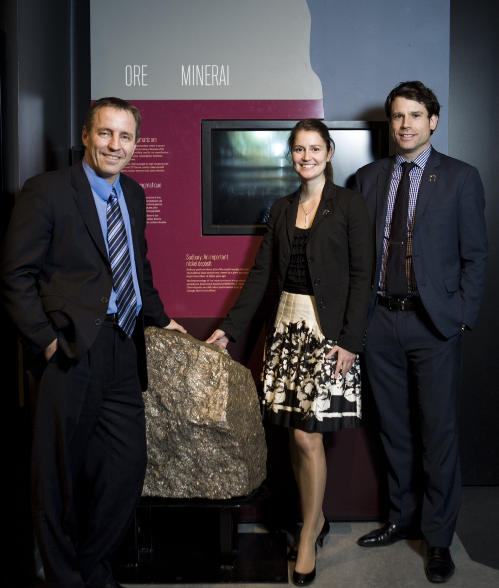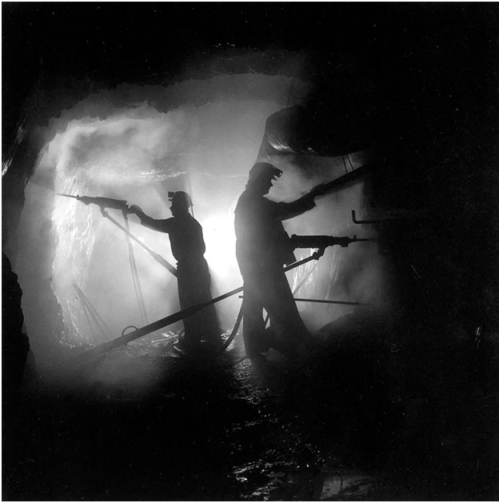Globe and Mail is Canada’s national newspaper with the second largest broadsheet circulation in the country. It has enormous influence on Canada’s political and business elite.
My prediction for 2013 is the victory of the proletariat.
Okay, all righty, maybe that’s not going to happen. So let’s stick with possible trends for 2013. Here’s a trend that is not entirely unrelated to the victory of the proletariat – the North.
News arrived recently that Discovery, the fabulously successful U.S. cable channel, has ordered up its first scripted project, and that drama project is called Klondike, based on Canadian writer Charlotte Gray’s book Gold Diggers: Striking It Rich in the Klondike.
Among those involved is Ridley Scott, the English director and producer responsible for the movies Alien, Blade Runner and Black Hawk Down, among other titles. In a press release Scott says, “Klondike was the last great gold rush; one which triggered a flood of prospectors ill-equipped, emotionally or otherwise, for the extreme and gruelling conditions of the remote Yukon wilderness.”
Indeed. But what matters, too, is that the decision to make Klondike follows on the ratings success of Discovery’s reality series Gold Rush (seen on Discovery Canada, Tuesdays, 9 p.m., Saturdays, 11 p.m.). Now into its third season, the series follows the key workers at four mining companies as they dig for gold in Alaska.

























